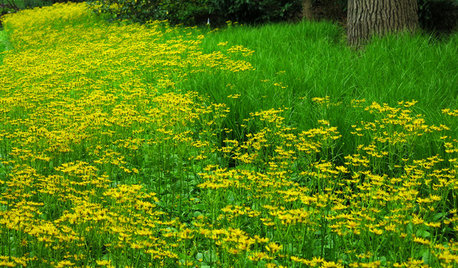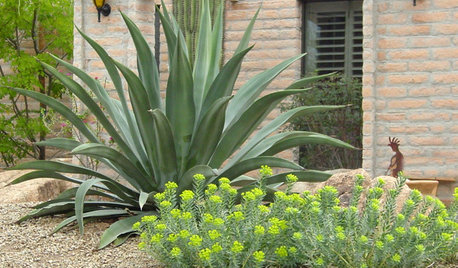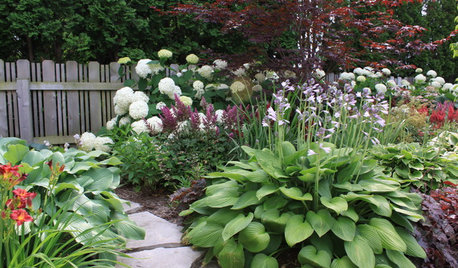Bulb Size v Clove Size for planting
UncleJohn
18 years ago
Related Stories

SPRING GARDENINGTop 10 Scented Plants for Your Garden
A palette of perfumed plants can transform even the smallest of gardens into a sensory delight
Full Story
FALL GARDENING5 Native Early-Spring Bloomers to Plant This Fall
Think beyond tulips and daffodils this year with plants that you and native pollinators will love
Full Story
GARDENING GUIDESSouthwest Gardener's September Checklist
Cool weather's coming, so prep for the first frost, swap out plants and get bulbs for spring in the ground now
Full Story
GARDENING GUIDES6 Plants That Beat Butterfly Bush for the Wildlife Draw
It's invasive, a nonnative and a poor insect magnet. Check out these better alternatives to butterfly bush in the garden
Full Story
GARDENING GUIDESGreat Design Plant: Grow Blueberries for Their Fruit and More
Eastern gardeners should consider growing blueberry plants for their delicious fruits, bee-friendly spring blooms and brilliant fall foliage
Full Story
GARDENING GUIDESWe Bust 4 More Native Plant Myths
Have you been taken in by these fallacies about gardening with native plants?
Full Story
HOUSEPLANTS10 Top Plants to Grow Indoors
Brighten a room and clean the air with a houseplant that cascades artfully, stretches toward the ceiling or looks great on a wall
Full Story
FALL GARDENING9 Deer-Resistant Flowering Shrubs to Plant This Fall
These exquisite shrubs will attract your attention but won’t tempt the deer that roam your neighborhood at night
Full Story
MOST POPULARSpring Gardens Are Blooming — Here’s What to Do in April
Get the guide you need for gardening in your U.S. region, with tasks, climate-appropriate plantings and more
Full Story
GARDENING GUIDESGet on a Composting Kick (Hello, Free Fertilizer!)
Quit shelling out for pricey substitutes that aren’t even as good. Here’s how to give your soil the best while lightening your trash load
Full StoryMore Discussions






gardenlad
UncleJohnOriginal Author
Related Professionals
Derry Landscape Architects & Landscape Designers · Tempe Landscape Contractors · Wake Forest Landscape Contractors · Cliffside Park Landscape Contractors · Del Aire Landscape Contractors · Hicksville Landscape Contractors · La Vista Landscape Contractors · Nanuet Landscape Contractors · New Brighton Landscape Contractors · Plantation Landscape Contractors · Ramsey Landscape Contractors · St. Louis Landscape Contractors · Baileys Crossroads Landscape Contractors · Four Corners General Contractors · Browns Mills General Contractorsoregon_veg
paquebot
rxkeith
gardenlad
oregon_veg
flodhesten
gardenlad
paquebot
gardenlad
paquebot
gardenlad
paquebot
mindsmile
UncleJohnOriginal Author
gardenlad
paquebot
garliclady
UncleJohnOriginal Author
gardenlad
paquebot
garliclady
flodhesten
mindsmile
UncleJohnOriginal Author
paquebot
UncleJohnOriginal Author
TinSB
paquebot
jayreynolds
paquebot
coho
gardenlad
jayreynolds
coho
paquebot
gardenlad
PacNWest
pocketsquirrel69